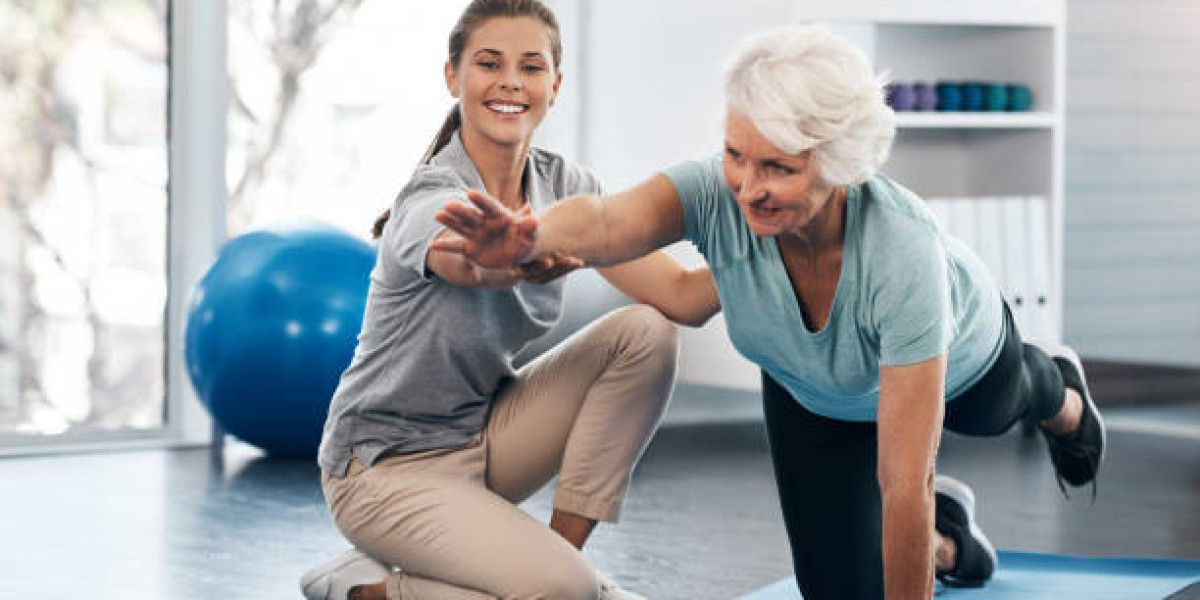Improving flexibility and range of motion is essential for overall fitness and well-being. Mobility training focuses on enhancing the body’s ability to move freely and efficiently. This practice is beneficial not just for athletes but for anyone looking to maintain a healthy lifestyle. Incorporating mobility training into your fitness routine can help prevent injuries, enhance performance, and improve daily activities. In this article, we will explore effective techniques to master mobility, making your body more resilient and capable.
Understanding Mobility Training
Mobility training encompasses a variety of exercises designed to improve joint function and muscle elasticity. Unlike traditional stretching, which often targets muscle length, mobility training focuses on the entire joint and its surrounding tissues. This comprehensive approach ensures that all components of a joint—muscles, tendons, ligaments, and fascia—work together harmoniously. Techniques like dynamic stretching, foam rolling, and specific mobility drills help create a greater range of motion. By incorporating mobility training into your routine, you can enhance your functional strength and movement quality, which are crucial for both athletic performance and everyday activities.
Techniques to Enhance Flexibility and Range of Motion
One effective technique in mobility training is dynamic stretching, which involves moving parts of your body through a full range of motion. This method increases blood flow and prepares the muscles for more strenuous activity. Exercises such as leg swings, arm circles, and torso twists can help loosen up the joints and improve overall mobility. Another important technique is the use of foam rollers. Foam rolling, or self-myofascial release, helps alleviate muscle tightness and break down adhesions in the fascia, allowing for better movement. Combining these techniques with targeted mobility drills—such as hip openers and ankle circles—can significantly improve flexibility and enhance your body's range of motion.
Consistency is Key
To truly master mobility, consistency is essential. Incorporating mobility training into your daily routine, even if for just 10-15 minutes, can yield significant benefits over time. Start by identifying areas of tightness or discomfort and focus your mobility training on those specific regions. As you progress, aim to challenge yourself with more advanced movements and an increased range of motion. Regular practice not only leads to improvements in flexibility but also enhances joint stability, reducing the risk of injury. The key is to listen to your body and gradually increase the intensity and complexity of your mobility exercises.
Conclusion
Mastering mobility through dedicated training is a vital aspect of maintaining overall health and fitness. By implementing effective techniques like dynamic stretching and foam rolling, you can significantly improve your flexibility and range of motion. The benefits extend beyond athletic performance, enhancing your daily life and reducing the likelihood of injury. Remember, consistency is crucial; making mobility training a regular part of your fitness regimen will lead to lasting improvements. Embrace the journey toward better mobility and enjoy the increased freedom of movement it brings to your life.







